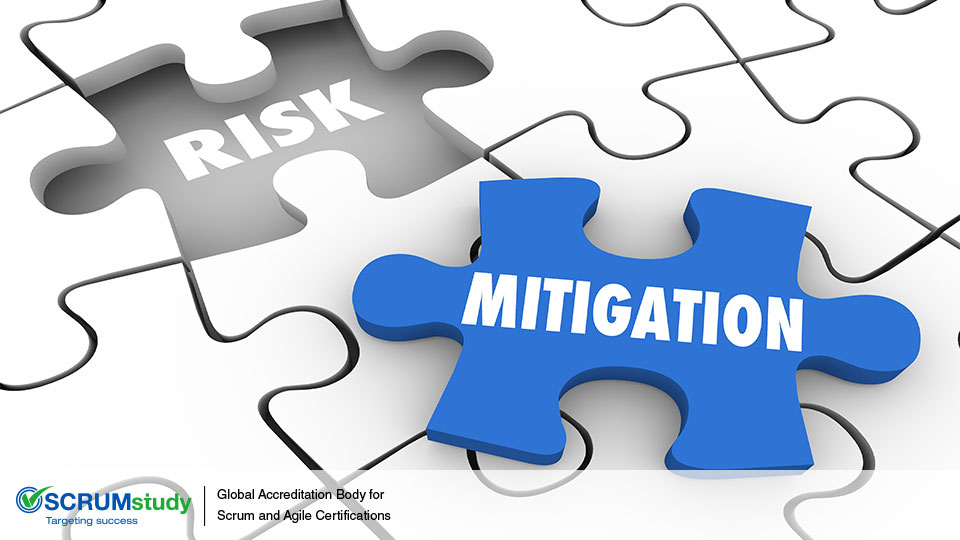Agile Leadership Communication
Posted bySCRUMstudy® on June 17, 2024
Categories Agile Agile Frameworks Product Owner Scrum Master Scrum Team
Agile Leadership Communication is pivotal in fostering collaboration, alignment, and transparency within agile teams. Agile leaders prioritize clear and open communication channels to ensure that team members, stakeholders, and customers remain informed and engaged throughout the project lifecycle. Effective communication involves active listening, encouraging feedback, and adapting messages to suit diverse audiences, thereby promoting clarity and minimizing misunderstandings. By fostering a culture of transparent communication, agile leaders empower teams to make informed decisions, resolve issues promptly, and align efforts with strategic goals, ultimately driving successful outcomes in agile projects
Effective communication is the cornerstone of Agile methodologies, fostering collaboration and transparency among team members, stakeholders, and customers. In the Agile framework, communication is continuous and iterative, ensuring that everyone stays aligned with project goals and requirements. Daily stand-up meetings, sprint planning sessions, and retrospectives provide platforms for sharing progress, addressing challenges, and adapting strategies. Clear channels of communication, whether through face-to-face interactions, virtual meetings, or digital tools, facilitate quick decision-making and problem-solving. By fostering open dialogue and active listening, Agile communication empowers teams to respond promptly to changes, deliver value incrementally, and maintain a shared understanding of project objectives.
Risk Prioritization
Scrum allows for quick identification and assessment of risks. Identified Risks are taken into account when creating a Prioritized Product Backlog during the Create Prioritized Product Backlog process, or when we update the Prioritized Product Backlog during the Refine Prioritized Product Backlog process—so a Prioritized Product Backlog could also be referred to as a Risk Adjusted Prioritized Product Backlog.
The risks could be identified and assessed based on any of the Risk Identification and Risk Assessment techniques mentioned earlier. In the Create Prioritized Product Backlog or Refine Prioritized Product Backlog processes, the prioritized User Stories from the existing Prioritized Product Backlog and the prioritized list of risks are then combined to create an updated Prioritized Product Backlog which includes the Identified Risks:
Steps for updating a Prioritized Product Backlog with Identified Risks:
1. Create a list of prioritized risks. (e.g., the risks can be prioritized by value using Expected Monetary Value technique).
2. Select those Identified Risks that can be mitigated; and for which the team decides to take specific risk action during the Sprint to mitigate such risks.
3. Create a list of User Stories in the Prioritized Product Backlog, which are prioritized by value (e.g., the value of each User Story may be evaluated based on its expected Return on Investment).
4. Combine lists in step 2 and step 3 and prioritize them by value to arrive at the Updated Prioritized Product Backlog.
Risk Communication
Because business stakeholders have an interest in the project, it is important to communicate with them regarding risks. Information provided to business stakeholders related to risk should include potential impact and the plans for responding to each risk. This communication is on-going and should occur in parallel with the four sequential steps discussed thus far—risk identification, assessment, prioritization and mitigation. The Scrum Team may also discuss specific risks related to their Tasks with the Scrum Master during Daily Standup Meetings. The Product Owner is responsible for the prioritization of risks and for communicating the prioritized list to the Scrum Team.
An important tool which can be used for communicating information related to risks is the Risk Burndown Chart.

